You press the button, we do the rest.
There have been a number of brilliant men and women throughout history that have introduced ideas or products into the marketplace that not only revolutionized a product, but rather a way in which things were done.
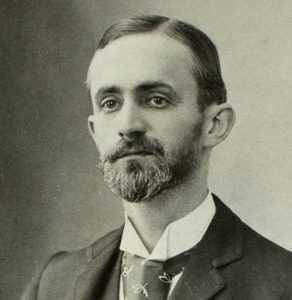
Nikola Tesla, Orville & Wilbur Wright, Grace Hopper, and Bill Gates are all people with contributions that far exceed each individual’s accomplishments in ways that are difficult to fully grasp today. Whole industries and other inventions, products, and industries were launched on the successes of these influential people, along with people they influenced.
Another name that can be added to that list is George Eastman. A mostly self-educated banker from Waterville, New York, George Eastman was born July 12, 1854 and was forced at the age of 15 to drop out of school and work to help support his mother and older sister after the death of his father and another sister in 1862 and 1870 respectively.
George Eastman didn’t initially have an interest in photography as a child, and it wasn’t until the age of 23 that he had found a passion for it, working as a part time amateur photographer to supplement his day time banker’s income.
As did most photographers of the day, Eastman used a wet-plate process, but found the weight of equipment and steps necessary to develop images to be cumbersome and sought to find an easier method for making photographs. After reading about a dry plate process in the British Journal of Photography, he decided to experiment on his own to develop his own dry plates in his mother’s kitchen.
 Within three years after picking up his first camera, Eastman was successfully producing his own dry plates and selling them locally to other photographers. This led to a full time interest in photography and a continued passion for simplification of the photographic process, a hallmark of what would later lead to developments of the Eastman’s first roll film in 1885, the first Kodak camera in 1888, the first transparent base film in 1889, first pocket folding Kodak in 1898, the first Brownie box camera in 1900, and continued innovations throughout the 20th century.
Within three years after picking up his first camera, Eastman was successfully producing his own dry plates and selling them locally to other photographers. This led to a full time interest in photography and a continued passion for simplification of the photographic process, a hallmark of what would later lead to developments of the Eastman’s first roll film in 1885, the first Kodak camera in 1888, the first transparent base film in 1889, first pocket folding Kodak in 1898, the first Brownie box camera in 1900, and continued innovations throughout the 20th century.
To fully appreciate George Eastman’s entire history and his many contributions to photography would be an immense undertaking, and something that Wikipedia’s George Eastman article doesn’t even attempt, so I won’t do it here. But this being a Keppler’s Vault article, when I found this two part article written by Cora Alsberg and published in the January and February 1954 issues of Modern Photography, I knew I had to share it.
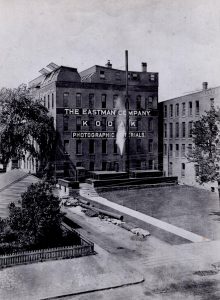
The first six pages are from part one and cover Eastman’s early days setting the stage for his desire to make photography as simple and as accessible as possible and continues into the later success of the Eastman Kodak Company.
George Eastman’s realization that by building cheap and easy to use cameras and sell them for very little in an effort to generate more customers for his film was a genius move that is often deployed today with items such as smartphones in which companies offset the cost of expensive phones while locking you into a contract to keep you as a customer paying monthly bills.
Eastman was every bit a sales and marketing genius, as much as he was a visionary designer and photographer. He had great ideas and knew how to develop and market them! His company saw tremendous success in it’s early days and by 1901 was worth an estimated $35 million, which when adjusted for inflation is comparable to $1.05 billion today!
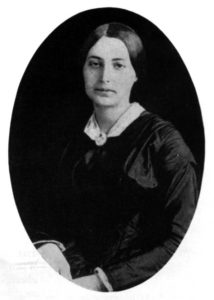
The second part of the article focuses more on George Eastman, the person. Despite his tremendous success, George Eastman was a bit of a recluse who preferred to stay out of the public eye. He had a very strong loyalty to his mother Maria Eastman, and never married and never had any children. Despite his tremendous wealth, he struggled to escape the memories of his early days as a child living in poverty and frequently had nightmares about losing his fortune and becoming poor again.
Eastman was very generous, often donating large sums of money to people and organizations, sometimes using his real name, and others anonymously. Perhaps his most famous act of philanthropy was a series of donations between 1912 and 1920 to the Massachusetts Institute of Technology (MIT) totaling several millions of dollars. Initially, these donations came from a mysterious donor named Mr. Smith whom no one knew the true identity of. After a couple of years, people began to suspect it was Eastman, so in an effort to stave off suspicion he donated $300,000 in his own name to prove he couldn’t be Mr. Smith. The controversy was so great that Eastman began to have fun with it before finally revealing his identity on January 11, 1920 at which time his donations came in the form of Eastman stock.
George Eastman extended his wealth to other causes as well, remembering the struggles he had as a child with dental bills, he founded many dental clinics in the Rochester area for people in need, with an emphasis on proper dental care for children. For his workers, he implemented company sponsored retirement funds, life insurance and disability plans, he helped employees secure mortgage loans, and in an effort to encourage creativity, offered rewards ranging from $1 to $1000 for practical ideas thought up by his employees.
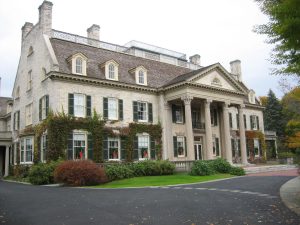
In 1905, Eastman built a 35,000 square foot 50-room mansion on 10.5 acres of land for his mother and himself, featuring luxuries like a pipe organ parlor, a flower conservatory, multiple greenhouses, a working farm, it’s own electrical generator and internal telephone system, and many other amenities not common at the time. It is said that Eastman’s insistence of having large amounts of flowers on display and music a constant theme in his house was a result of the lack of color and music he experienced as a child. The house would be his residence until his death in 1932, and in 1947 would be converted into a public museum dedicated to film and photography, and declared a National Historic Landmark in 1966.
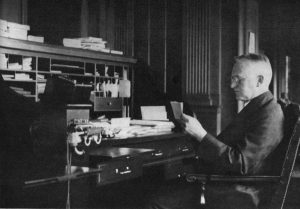
George Eastman would commit suicide on March 14, 1932 after suffering from severe pain due to an incurable disorder in his spine. Upon his death, he left a note saying “To my friends: my work is done. Why wait?”
It is hard to imagine a world in which George Eastman never existed. While his contributions to photography are easy to see, he did so much more for the people and communities around him. The Eastman Kodak Company would remain a dominant force in photography for over a century, and the technologies and people that were in some way influenced by him either directly or indirectly, are innumerable.
All scans used with permission by Marc Bergman, 2019.

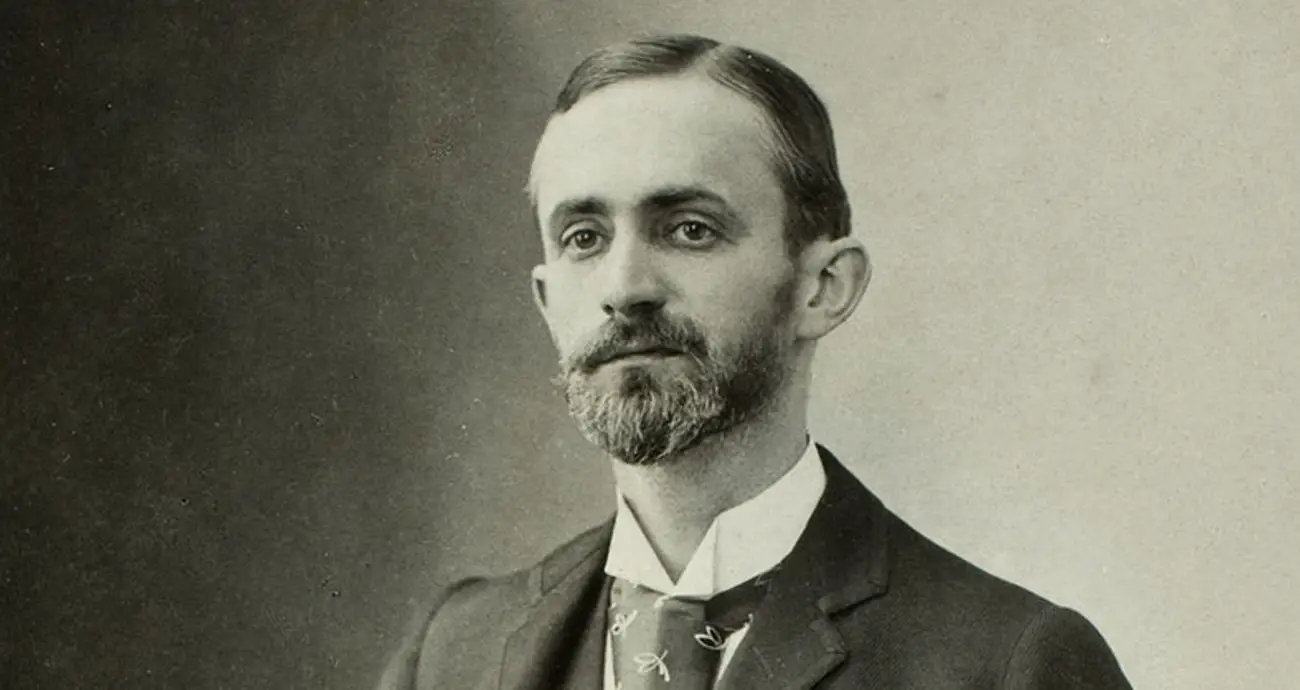
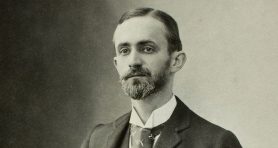
That was an amazing article! I loved it, thanks for sharing it.